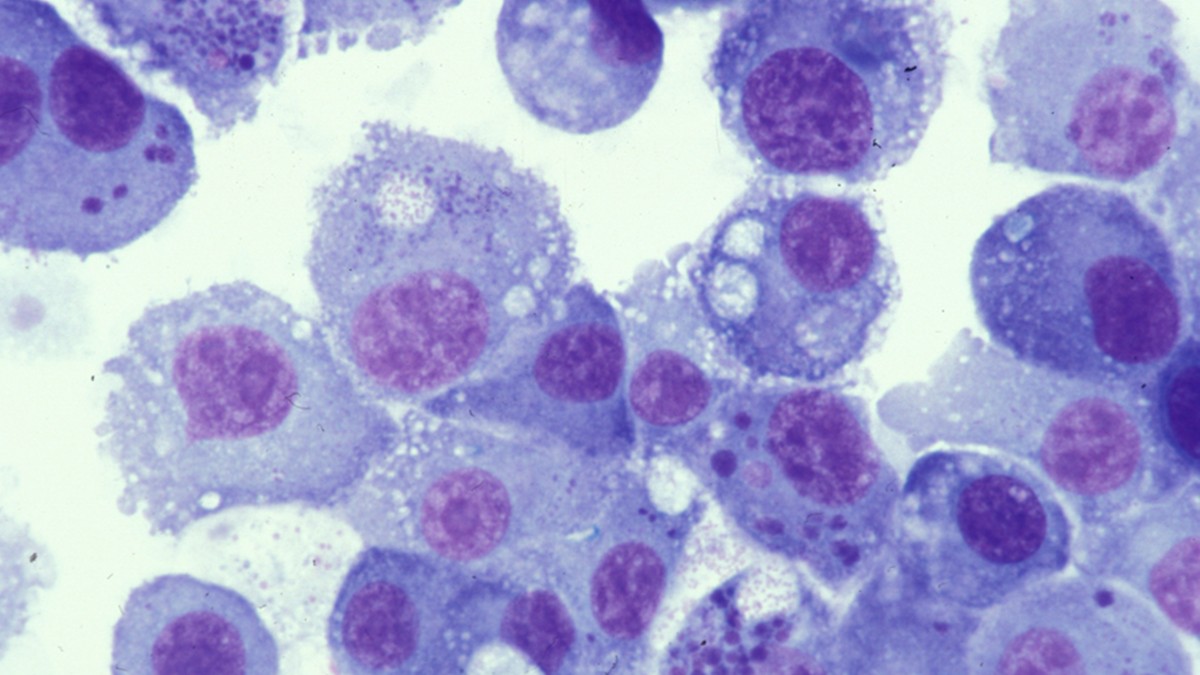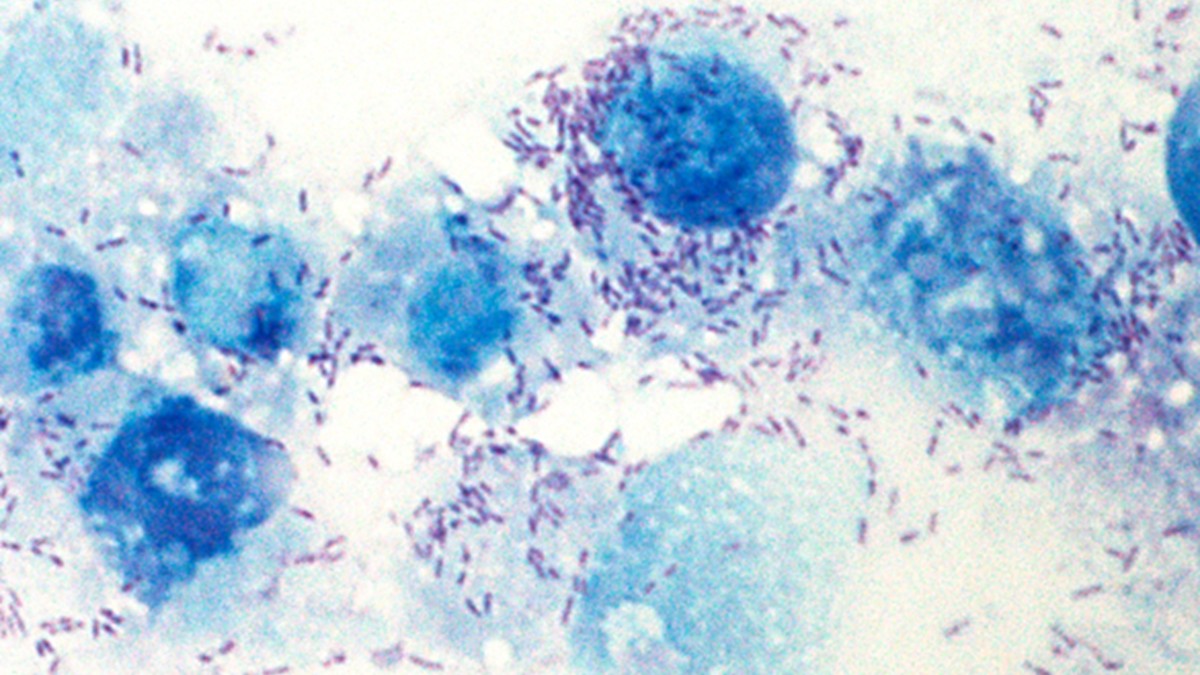What to know
- You can support public health by depositing your isolates in the CDC Rickettsial Isolate Reference Collection (CRIRC).
- The CRIRC offers long-term curation, maintenance, and distribution of isolates of Anaplasma, Ehrlichia, Neorickettsia, Orientia, and Rickettsia species.
- Contact the CRIRC staff about depositing your isolates at CRIRC@cdc.gov.

Why donating is important
- The CRIRC is registered with the World Data Centre for Microorganisms (WDCM No. 1093) and is an internationally recognized culture collection.
- When describing a new species or subspecies, depositing your isolate in the CRIRC complies with the International Code of Nomenclature of Prokaryotes (2022 Revision), which requires the type strain to be held by and available from at least two culture collections located in different countries.
- The CRIRC maintains quality control, centralized distribution, and data maintenance for each isolate.
- The CRIRC exists to preserve the cumulative work of generations of rickettsiologists. The value of your isolates extends beyond your institution and career. Ensuring the perpetuation of these isolates for generations of future investigators advances the scientific community.

How the CRIRC is different
Cost
The CRIRC covers all costs associated with propagation and archival storage of isolates within this collection and maintains high standards of quality. This makes the CRIRC an ideal repository for long-term maintenance of contemporary and historical isolates.
Centralized distribution
- Individual researchers can refer requests to the CRIRC.
- With a uniform process, individual researchers know where and how to obtain isolates.
- The CRIRC has established distribution policies, procedures, and transfer agreements.
Quality control (QC) program
- QC of rickettsial agents
- QC of cells used for replication of rickettsial agents
- QC of media used for rickettsial replication and maintenance of cells
Data maintenance and sharing
- Broad access to isolates and their associated metadata for the scientific and public health communities is a cornerstone of the CRIRC.
- The CRIRC maintains a carefully curated electronic database for isolate metadata.
The CRIRC product insert
Isolate metadata is provided to requesters in the CRIRC product insert and includes:
- Species and isolate name
- Source material, location of origin, and year of isolation
- Laboratory of primary origin, and who deposited the isolate
- Citation of the publication describing the original isolation when available
- Aliquot-specific information including date of harvest, passage number, cell line, freezing media, growth conditions, growth media, and Mycoplasma screening status
How isolates are used
As a curated repository at a national public health institution, the CRIRC shares materials to other public health and research institutions.
The CRIRC is used to
- Provide DNA to develop and validate diagnostic molecular assays
- Provide live cultures to support applied public health and scientific research
